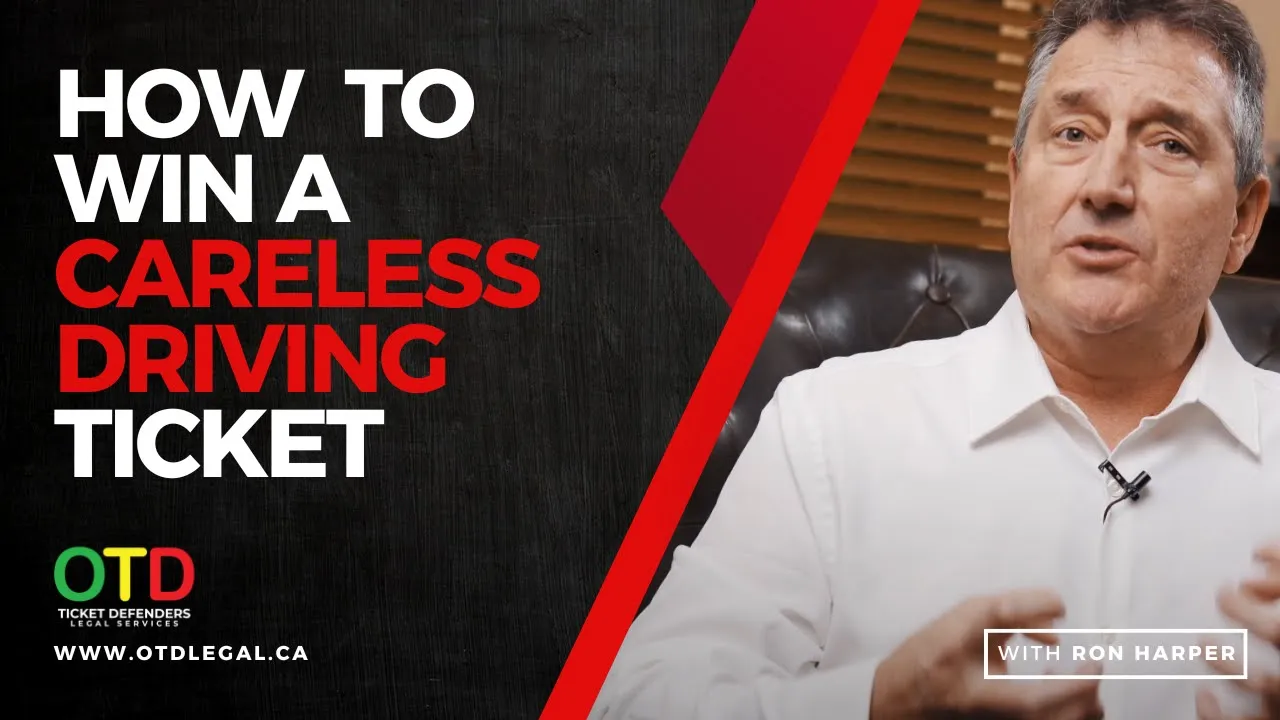Examples of Careless Driving
Typical Behaviours Constituting Carelessness
Behaviours that are typically considered to be careless driving include:
- Distractions: Using mobile devices or engaging in other activities that take attention away from the road.
- Failing to yield: Ignoring signs or signals that direct traffic flow.
- Improper lane changes: Making lane changes without signaling or checking for other vehicles.
- Following too closely: Tailgating the vehicle in front without leaving adequate stopping distance.
- Neglecting Awareness of Other Vehicles: Failing to maintain awareness of the movements of other vehicles.
- Overlooking Pedestrian Safety: Ignoring the presence and rights of pedestrians at crosswalks and intersections.
- Ignoring Road Conditions: Not adjusting driving behavior to accommodate weather or traffic conditions.
- Collisions: Involvement in vehicle collisions that result from negligent driving behaviors.
- Aggressive Maneuvering: Examples include tailgating, road rage, rear-ending, or aggressively passing other vehicles.
- Dangerous Multitasking: Engaging in activities such as eating, drinking, or applying makeup while driving.
- Committing Other Driving Infractions: Engaging in other risky driving behaviors.
Careless driving charges can be confusing and contested due to their subjective nature. The reasons listed above are often based on a police officer’s interpretation at the moment. Many drivers successfully dispute these charges in court, where a judge will ultimately make the final determination. However, the prospect of contesting a ticket in court can be daunting, as it requires time and may involve complex legal proceedings.
What Does Not Count as Careless Driving?
- Casual or Infrequent Distractions: Brief, non-reckless actions such as adjusting the radio or taking a sip of coffee generally do not constitute careless driving.
- Minor Errors in Judgment: Small misjudgments that do not endanger others or significantly disrupt traffic are not usually classified as careless driving.
- Lawful Driving: Driving that adheres to traffic laws but may irritate other drivers, like driving at or below the speed limit in the left lane, is not careless driving.
- Normal Traffic Mistakes: Simple driving errors that result in no harm or potential for harm, such as momentarily drifting in a lane, often do not rise to the level of careless driving unless they form part of a pattern of negligent behavior.
Legal Definition in Ontario
Under Ontario’s Highway Traffic Act, careless driving is defined as operating a vehicle without due care and attention or without reasonable consideration for other persons using the highway. Those charged with this offence may face penalties including fines, demerit points, and even suspension of their driving license.
Careless vs. Dangerous Driving
Careless driving and dangerous driving are two distinct charges within Canadian traffic law. Careless driving refers to a lower degree of negligence compared to dangerous driving, which is a criminal offence and implies that the driver operates a vehicle in a way that could be deemed dangerous to the public.




